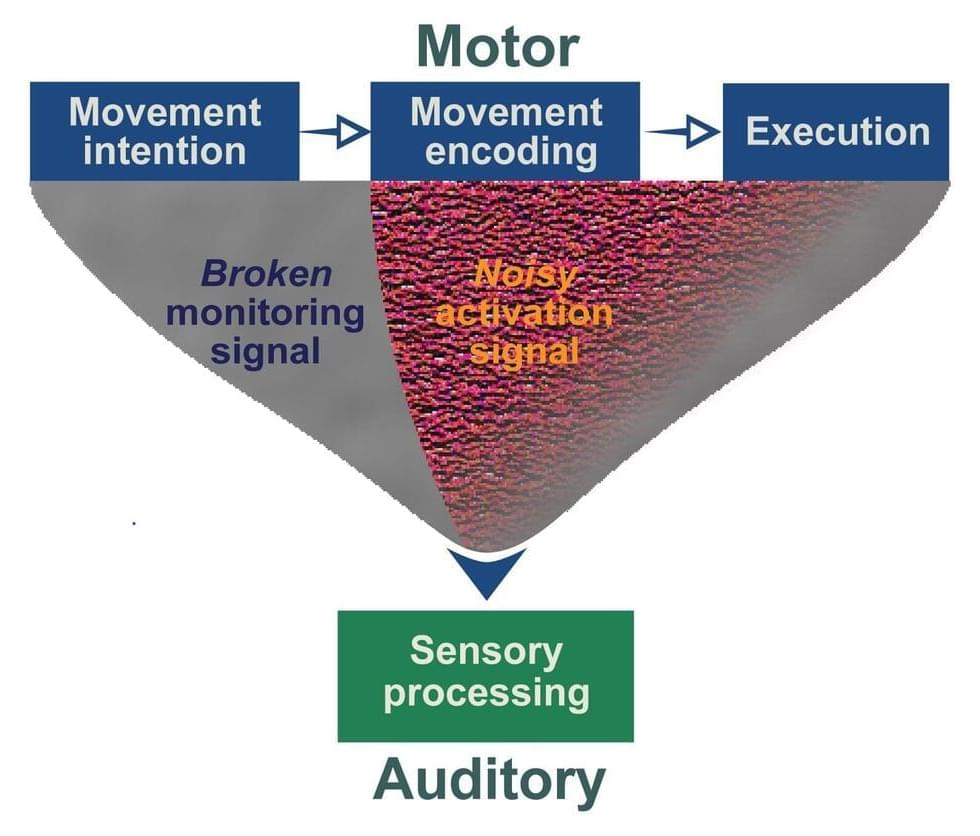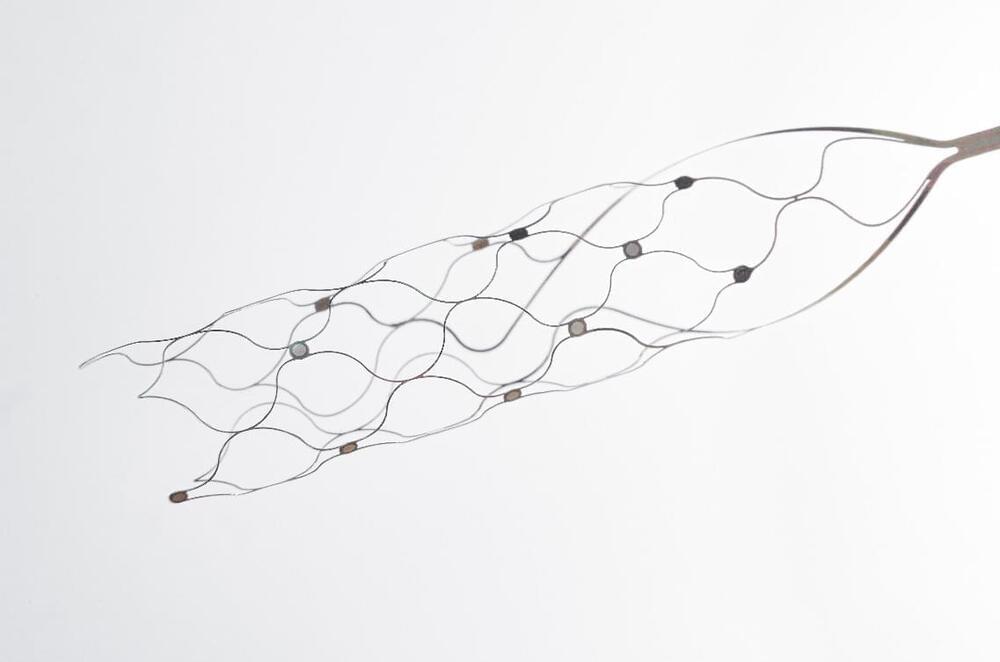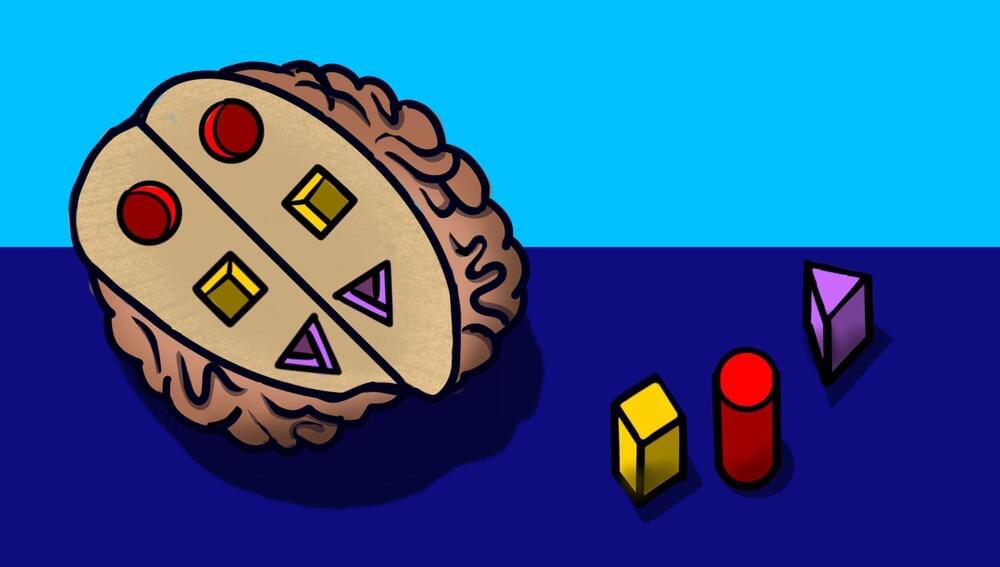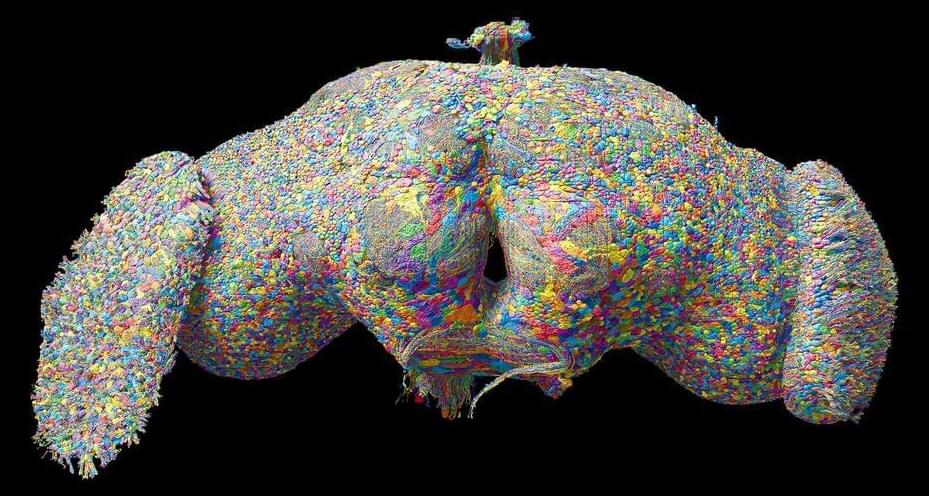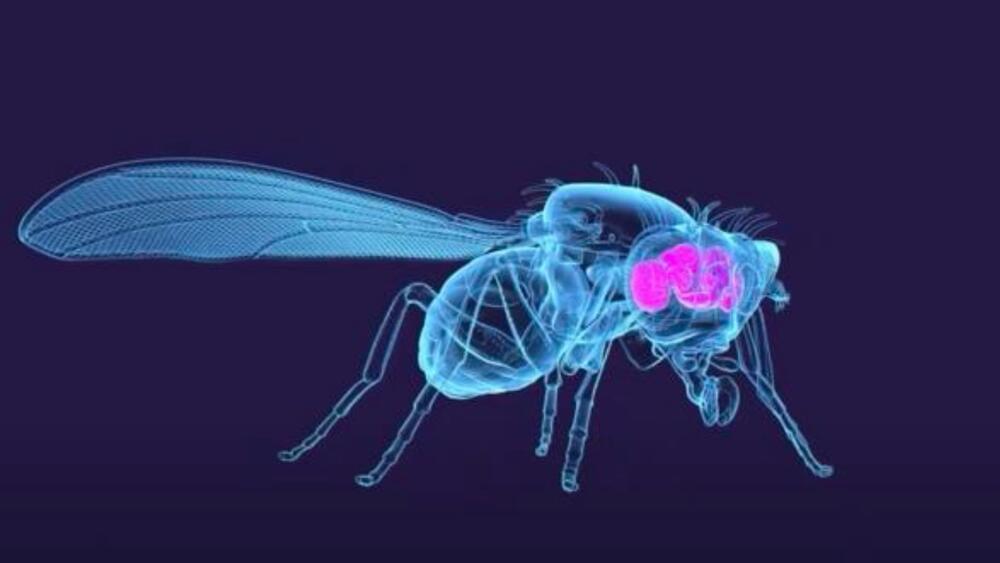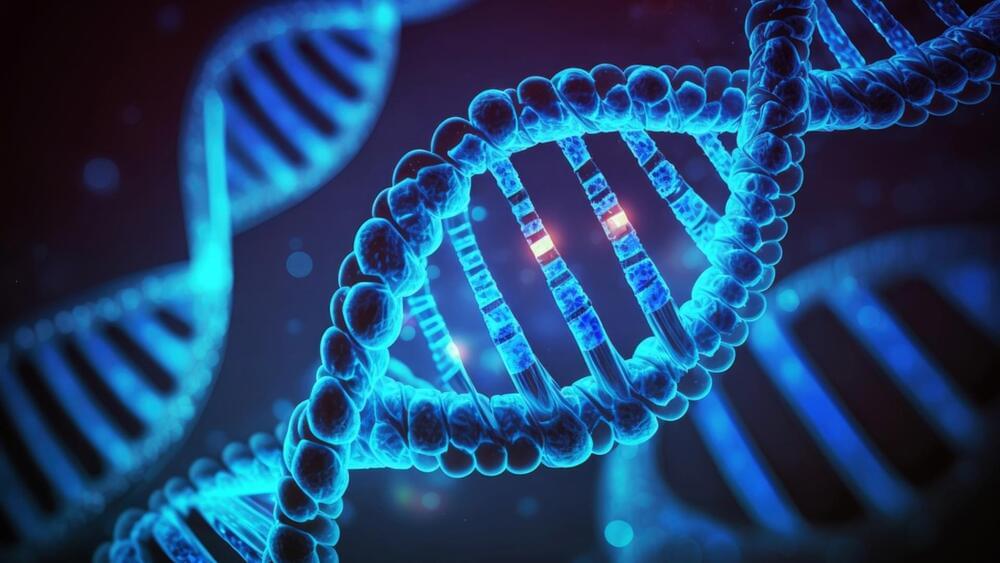Oct 4, 2024
Targeting Glucose May Spark Neurogenesis
Posted by Paul Battista in categories: biotech/medical, genetics, neuroscience
Summary: Neural stem cells, which create new neurons in the brain, become less active with age due to elevated glucose levels. Researchers found that by knocking out the glucose transporter gene GLUT4 in older mice, they could significantly increase the production of new neurons.
This discovery opens up potential pathways for both genetic and behavioral interventions to stimulate brain repair, including the possibility of a low-carbohydrate diet. The findings could help treat neurodegenerative diseases and aid in brain recovery after injury.

